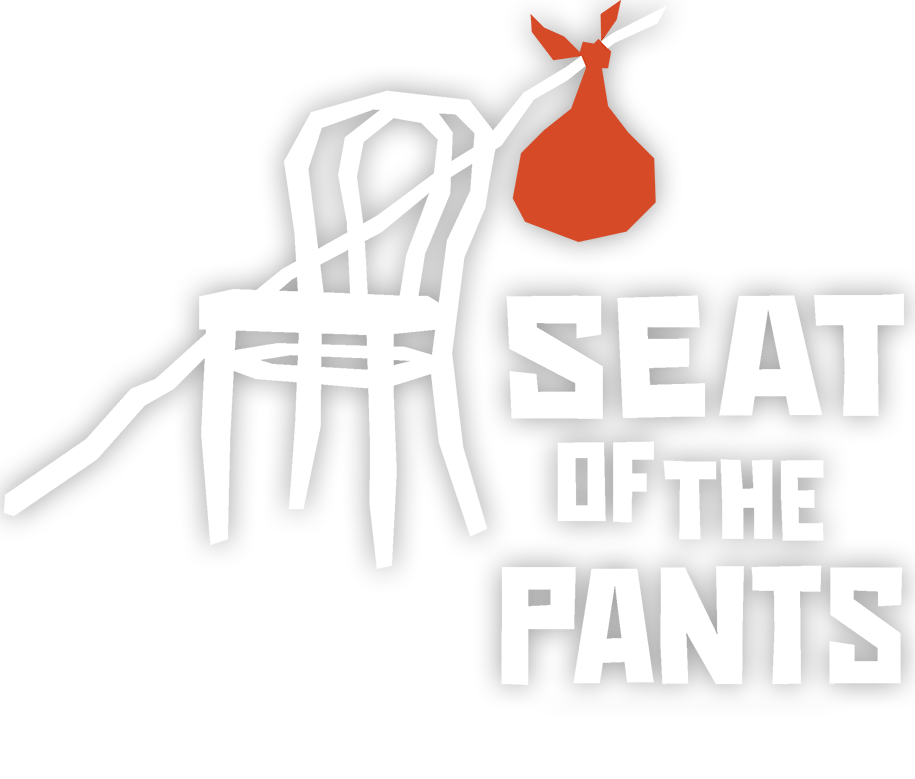FIGURING OUT THE STORY: BY CRAIG JOSEPH, DIRECTOR OF GRAND CONCOURSE
One of the helpful exercises that I took away from graduate school was the idea of doing a one page - front and back - conceptual statement for every show that I direct. I can't recall the book where the notion came from, but the writer called it a General Beauty Statement, forcing the director to confront what they find compelling and beautiful about the story they're telling, and what it has to say to the world. I create this for each show as a way of articulating for actors, designers, and other production team members where we're going during the rehearsal process.
As a younger director, I used to show up on day one with this already written and ready to go. This was, in part, a result of time (we only had a few weeks to rehearse) and partially because I didn't yet fully know how to trust and incorporate the input of my collaborators. As I've matured and come to understand how to be less of a control freak, I've become much more comfortable coming in with a "wet cement" draft or not even initially doing one at all - preferring for the statement to arise out of the team's shared work together. And, of course, at Seat of the Pants, where we rehearse a show for 3-4 months, that's completely possible. What we land on is so much richer because of the collective insights and intelligences in the room.
GRAND CONCOURSE was a great example of how the work of the entire team changed what the play meant for me as a director. I came in - around week three - with a draft version of the statement, thinking that the play was probably about how we grapple with the loss of faith or end of faith. Over the next few weeks, some really brilliant insights from the actors and designers convinced me that this was way too narrow. Faith was really only a concern for one character in the play; plus, she wasn't losing her faith in God but was really only growing weary of her vocation. Some deeper explorations turned me toward the idea that the play was about identity and how comfortable we are (or aren't) on our own skin. This was helpful for a few weeks, but ultimately didn't quite fit the bill either.
As we dug into all of the relationships of the play, we realized that all the characters have to grapple with interactions on three axes: vertical (relationship with God), horizontal (relationship with others), and inward-pointing (relationship with self) - and that rightly ordered relationships with the first two can't happen until someone is right with themself. It suddenly started to click that the play was about ACCEPTANCE (from self, from others, and from God) - and I revamped the statement from there.
CLICK HERE to see where we've landed as our North Star for the production.

